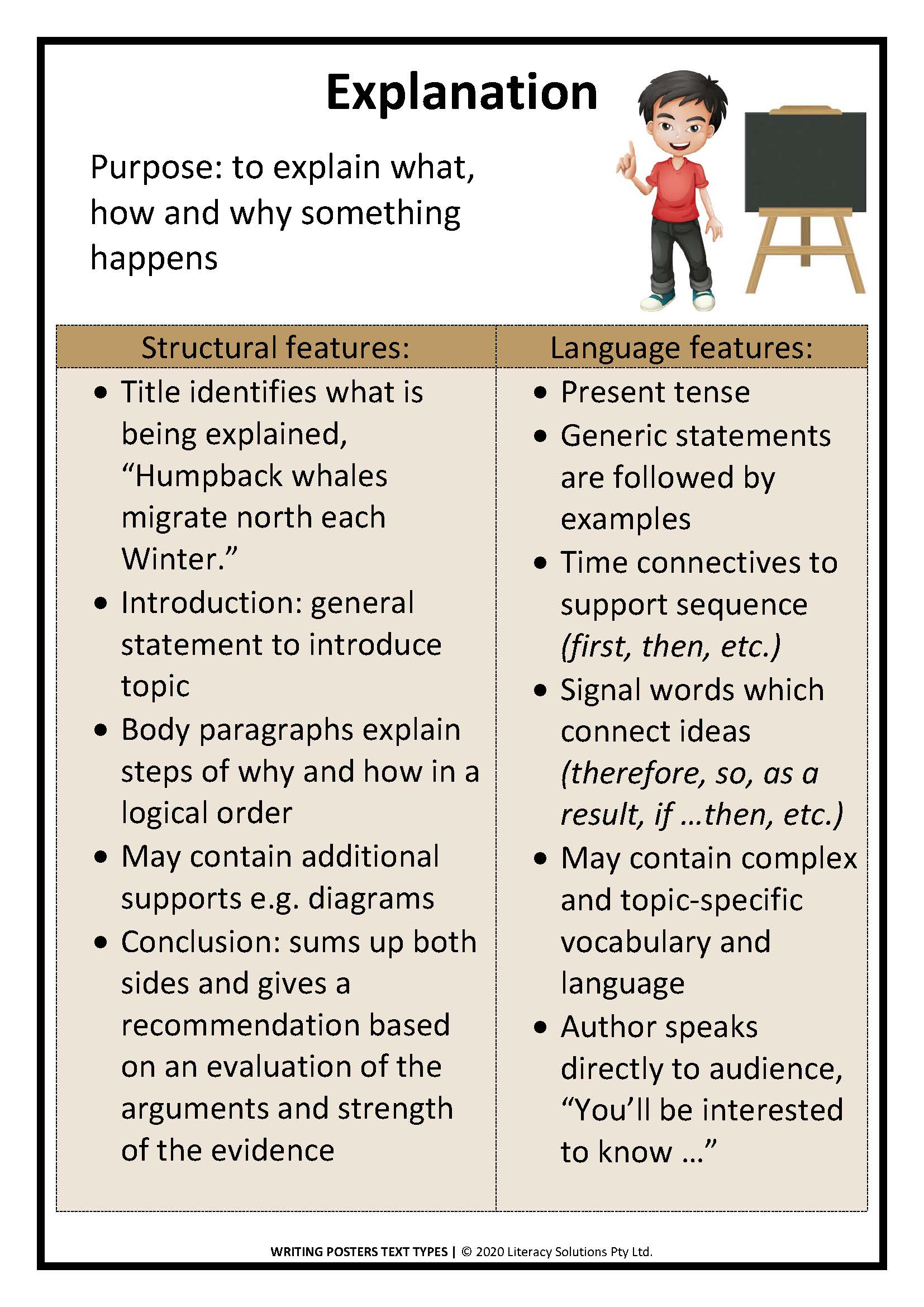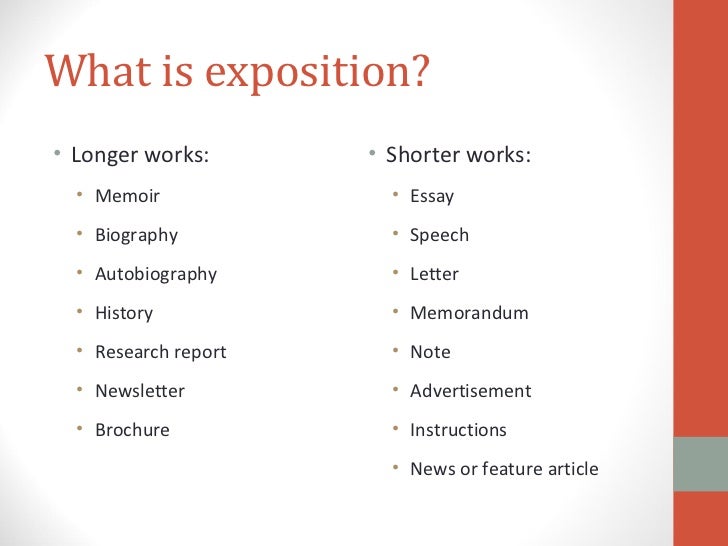

Explain how you made some such article as these: pencil tray, book rack, picture frame, stamp box, jewel case, flower trellis, napkin ring, goblet, wallet, rolling pin, gavel, dumb-bells. No man ought to look a gift horse in the mouth. The better part of valor is discretion.Ħ. He that complies against his will Is of the same opinion still.ģ.

Explain in short paragraphs the meaning of five of the following sentences. Perhaps the following outline will be helpful:ĥ92. " Develop it by a combination of details and examples. Write a short theme on "My Method of memorizing Prose. 'Tis distance lends enchantment to the view.ĥ91. Develop one of the following by means of examples:ġ. Add to your outlines of characters prepared in Exercise 579 illustrations by examples.ĥ90. Explain orally, with as many illustrations as you choose to add, the correct use of the following words: awful, funny, cunning, lovely.ĥ89. Write him a letter, telling him how he may spend the time to advantage. A stranger has three days for sight-seeing in your neighborhood.
#EXPOSITION EXAMPLES HOW TO#
Explain orally to a stranger how to get a card, and how to draw a book, from your public library.ĥ87. Developing the paragraph chiefly by means of details, explain some technical term taken from one of the following: (1) music (2) the carpenter shop (3) mechanical drawing (4) freehand drawing (5) mathematics.ĥ86. (4) some patent (5) bread making (6) how to make a Welsh rabbit (7) the block system (in connection with a railway) (8) some system of heating.ĥ85. Explain one of the following, developing the paragraph by means of details: (1) how to broil steak (2) some system of ventilation (3) a good method of sharpening a lead pencil Elihu Grant, the Democratic candidate for mayor, has the best record of any candidate.ĥ84. Jones, Stratton, and Company have been remarkably successful since they opened their new store.Ĥ. Martin's new horse is a Kentucky thoroughbred.ģ. Our country house is one of the most restful spots that I know.Ģ. Use any two of the following as topic sentences for paragraphs, and develop them by means of details:ġ. Warner, "A-Hunting of the Deer," in "In the Wilderness."ĥ83. Usually, however, the hunters remain out all night, get stiff from cold and the cramped position in the boat, and when they return in the morning to camp, cloud their future existence by the assertion that they "heard a big buck " moving along the shore, but the people in camp made so much noise that he was frightened off. As an historical fact, his hand usually shakes, so that he misses the animal, or only wounds him and the stag limps away to die after days of suffering. In that moment the sportsman is supposed to shoot the deer. He looks up, and stands a moment, terrified or fascinated by the bright flames. A deer comes down to feed upon the lily-pads.

In the bow of the boat is a light in a "jack," the rays of which are shielded from the boat and its occupants. One of the most picturesque methods of hunting the poor deer is called "floating." The person, with murder in his heart, chooses a cloudy night, seats himself, rifle in hand, in a canoe, which is noiselessly paddled by the guide, and explores the shore of the lake or the dark inlet. Write a similar paragraph on some method of fishing or some other out-of-door recreation. The following paragraph has been developed by details. However, we shall need practice in all the methods mentioned. We crave the example just as we jump at the specific word, and everybody naturally makes comparisons and contrasts. In exposition two particularly useful methods are illustration by examples and illustration by comparison and contrast. In a single theme perhaps all methods will be used to some extent, but at first we should be careful to confine ourselves to one method in a single paragraph. In the chapter on the Paragraph and its Development, we have found that the common methods of developing both the paragraph and the longer theme are: (1) by details, or particulars (2) by examples (3) by repetition (4) by comparison and contrast (5) by cause and effect.


 0 kommentar(er)
0 kommentar(er)
